The OnePlus 2 Review
by Brandon Chester on December 14, 2015 8:00 AM EST- Posted in
- Smartphones
- Mobile
- OnePlus
- OnePlus 2
Software: Oxygen OS
The OnePlus 2 ships with OnePlus's skin on Android. It's officially advertised as Oxygen OS, although I don't understand why it's branded like it's a separate operating system when it's actually one of the least intrusive Android skins that you'll see. Many of the additions center on customization, while the interface in general is pretty much unchanged apart from some tweaks to icons and the launcher.
During the setup you'll see that there are some additional screens that have been added which relate to setting up the fingerprint scanner and some additional inclusions like the option to use SwiftKey instead of the standard Google keyboard. On the topic of the fingerprint scanner, it seems to work fine. I find that it's not as quick as the latest Touch ID or Nexus Imprint, but it usually scans my finger correctly and you just have to touch the capacitive home button to wake up and unlock the phone. The set up process could use some work though. You need to touch your finger to the home button a great number of times, and there's no hints letting you know whether you're doing it correctly and if you're covering all the required parts of your fingerprint. I had to go through the process again and ensure that I scanned all the edges of my print, as initially I was having some issues with recognizing one side of my thumb.
Once you get into the core OS, you find something that's fairly reminiscent of Google's version of Android. OnePlus has obviously made some small visual tweaks and changed around some icons, but it's much more similar to a Motorola or a Nexus phone than a Samsung or LG phone. There are some tweaks that I simply don't understand though. For example, when swiping down the notification drawer from the right side of the display it will automatically go straight to the quick toggles. This is honestly just a hassle when you want to check your notifications. Swiping from the left side doesn't trigger this behavior, but the phone is so big that you will never find yourself swiping down from that position. This is the sort of thing that should really just be left alone, as it's altering behavior that is consistent and well defined on most other devices. Some may argue that this isn't an issue because OnePlus allows you to swipe down anywhere on the home screens to open the notification drawer, but that doesn't fix the issue when you're in the app drawer or inside of an application.
There are some nice additions that OnePlus has made to the OS. For example, you can make some changes to the icons in the quick toggle drawer, and you can enable or disable gestures like double tap to wake, or draw a V to toggle a flashlight. You can also choose to use software keys instead of the capacitive hardware buttons, which I personally wouldn't do but there's nothing wrong with having the option. An interesting addition is the ability to swap the order of the recent apps and back buttons, which is likely why OnePlus decided to not put any specific icons on those keys. That feature has actually really useful for me, as for some reason whenever I use capacitive buttons I immediately default to using them in that manner because that's how they're laid out on Samsung phones. There are additional customizations such as the behavior when long pressing the capacitive keys, but I haven't messed around with them very much.
A feature that's currently in beta which I've found to be quite interesting is OnePlus's Shelf feature. This is essentially a screen that takes the spot where Google Now would usually be, and it's a customizable area where you can pin widgets that you access frequently, along with some custom panes like frequent apps and frequent contacts. I actually don't use Google Now on my core Google account for privacy reasons, so I thought that this feature was kind of interesting. If you are a Google Now user I don't think it's as useful overall, and there's unfortunately no way to put Google Now there instead which is a shame. The feature is technically in beta so I don't want to be too critical of it, but one thing that continues to stand out is the seemingly hardcoded message at the top which wishes you a good morning, even when it's 11pm at night. I have had it show good evening once, but it was actually 8am at the time. I assume that's something that'll be worked out in a future update.
As for UI performance, I don't have much praise. What shocked me is that right out of the box I noticed that the OnePlus 2 felt really sluggish. Swipes weren't as responsive as many devices I've used recently, apps hesitated before opening, and there were noticeable frame drops. I remember remarking to Josh that the phone reminded me a lot of the Moto E and Moto G, in that it tends to feel like there's a longer touch delay and more load times than what we've come to expect from high end smartphones. After realizing that the phone is so hesitant to use its Cortex A57 cores, it's no longer a surprise that it feels like a Moto G, because both phones are doing almost everything on a quad core Cortex A53 cluster, with the OnePlus 2 just being 150MHz faster.
I admittedly never had much time with the OnePlus One to compare with CM11S, but as far as $400 devices go the OnePlus 2 doesn't offer acceptable performance even for basic UI navigation and web browsing. This is really the deal breaker for me. A phone like the Moto G offers similar UI and app performance for half the price, and at $400 you could go get a Nexus 5X or find a deal on a phone like the LG G4 or Galaxy S6, all of which offer far more responsive interfaces and just all around better performance. While these issues are due to the CPU management rather than the result of OnePlus's Android skin, they certainly impact how users will perceive the performance of the phone's software, and subsequently the performance of the device as a whole.


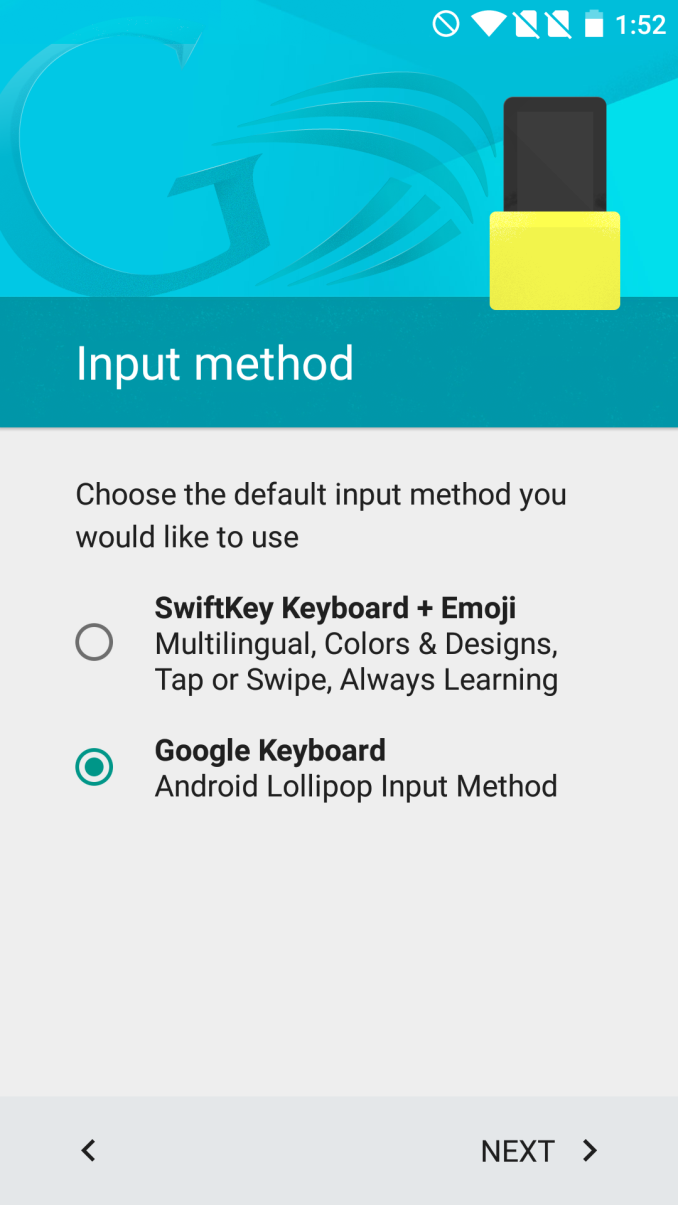
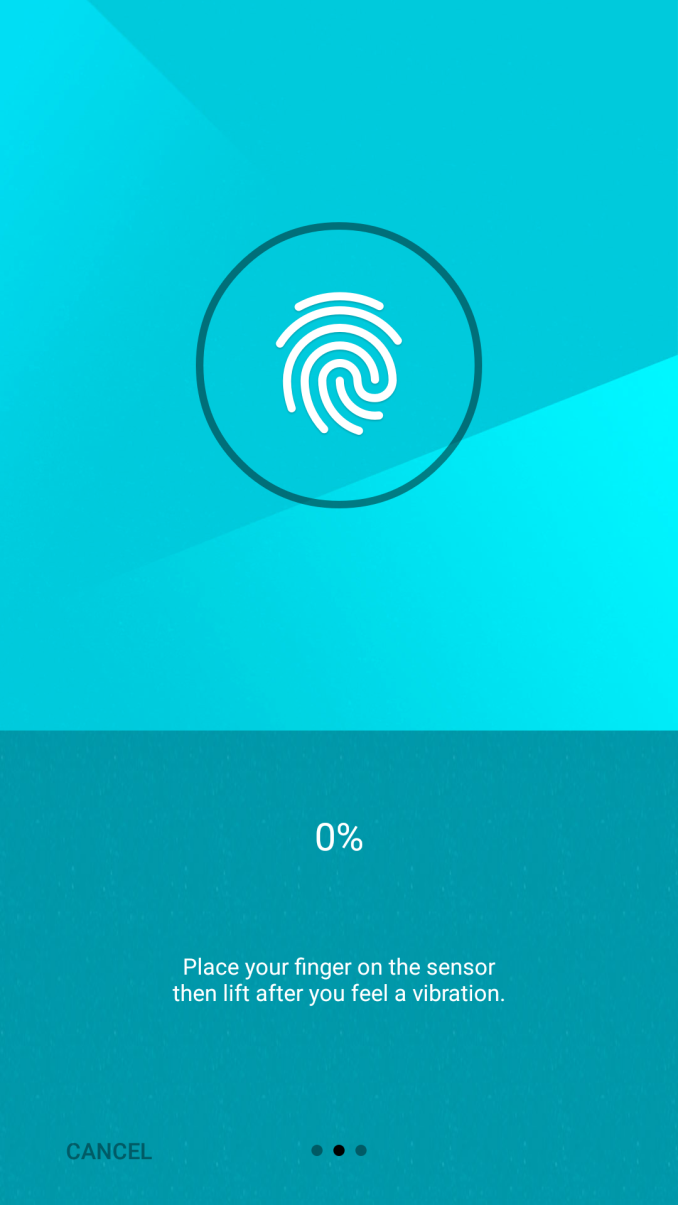

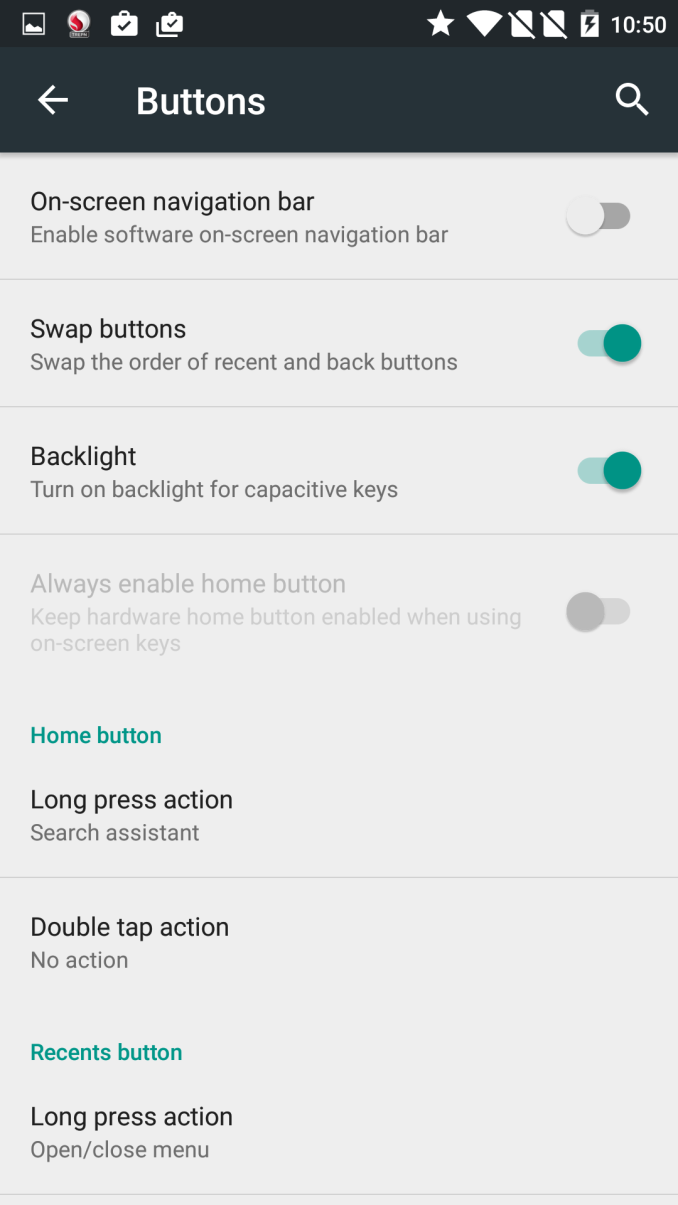
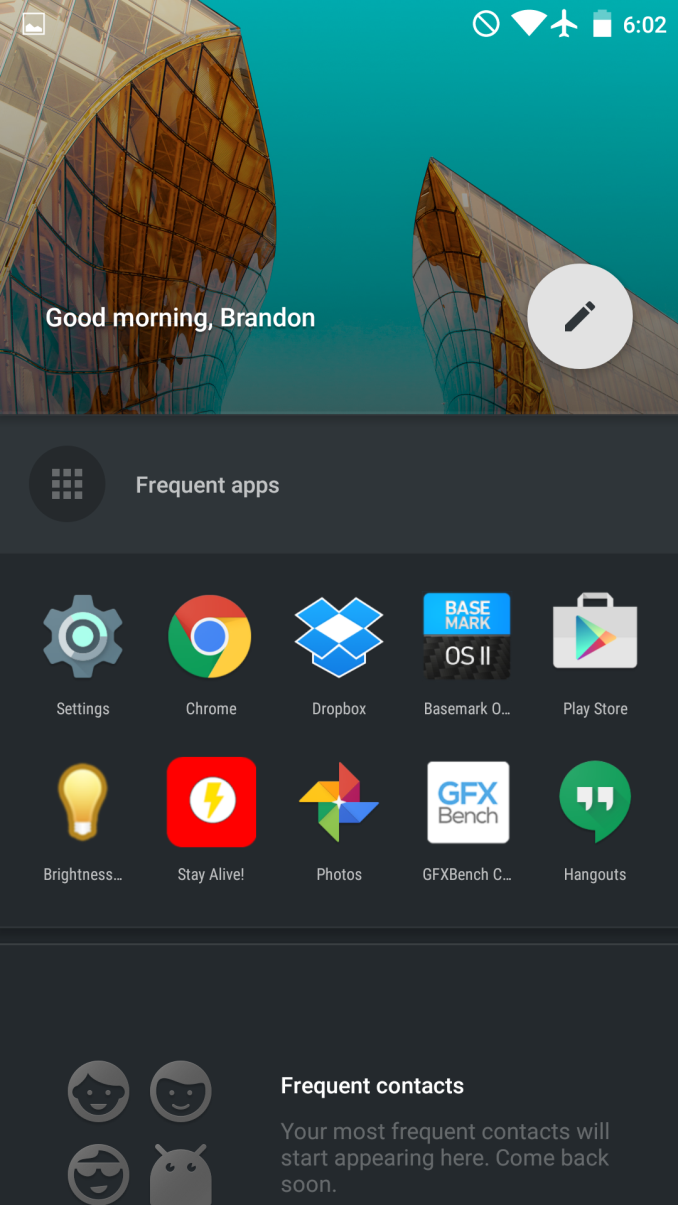
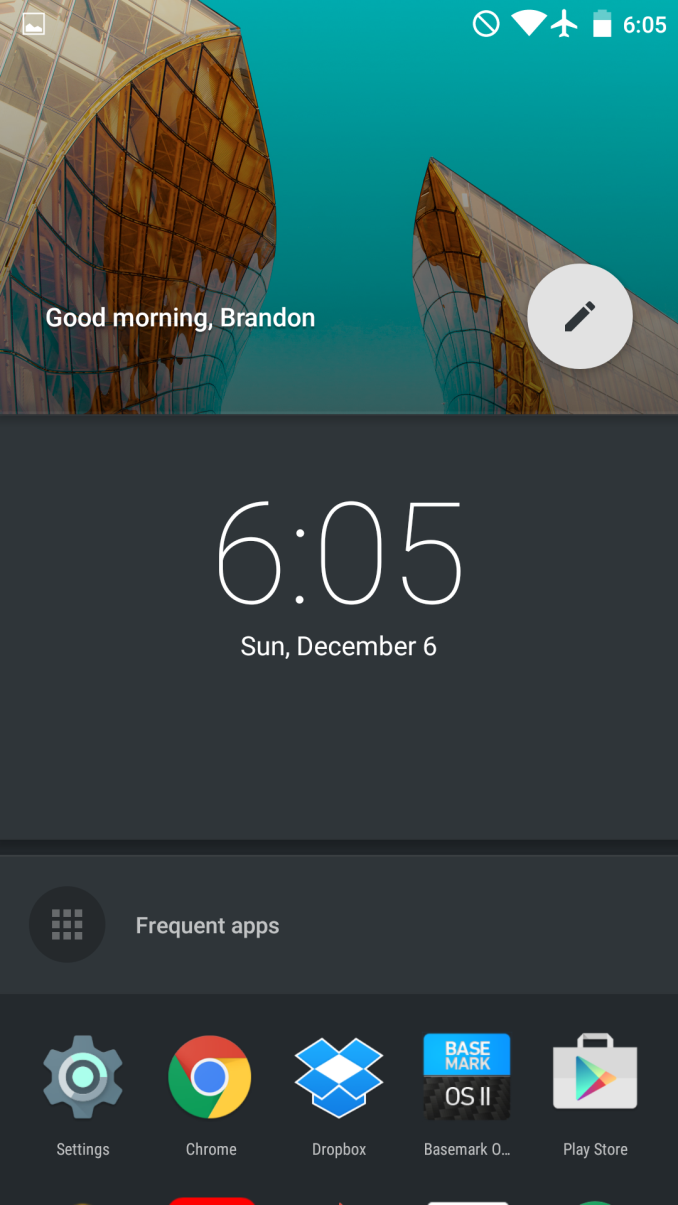








132 Comments
View All Comments
podspi - Monday, December 14, 2015 - link
...why? Blows my mind you'd review the OnePlus Two and not the flagship Windows Phone device...ABR - Tuesday, December 15, 2015 - link
Also mystified by this decision. Why review obscure niche phones most people will never see and whose only remarkable feature is their price, while ignoring a mainstream player that brings major innovation to the table?faizoff - Tuesday, December 15, 2015 - link
I can only hope and think they meant that they won't review the 950 but will review the XL. One can hope...But like Brandon mentioned in another comment, MS didn't send out a sample lumia to them.ArKritz - Tuesday, December 15, 2015 - link
Wow, all the four people actually using windows in one thread. What are the odds? :pblzd - Friday, January 1, 2016 - link
One Plus One sold over 2 million devices. 950 XL won't sell that many units, especially without the help of carriers.How many people are willing to splash iPhone money for a Windows Phone that gets out specced by a cheaper Nexus device? Very few.
zeeBomb - Monday, December 14, 2015 - link
Brandon, is this using the marginally newer 810 v2.1 chipset?Andrei Frumusanu - Monday, December 14, 2015 - link
Only the G Flex 2 and what seems to be early units of the One M9 use the 2.0 revision.zeeBomb - Monday, December 14, 2015 - link
I heard a while ago the HTC CEO or someone stated now current released models will use the 810 v2.1. Can't confirm tho. To LG, yeah that phone is the only one with v2. In regards to one plus 2:https://forums.oneplus.net/threads/oneplus-2-cpu-q...
knights - Monday, December 14, 2015 - link
yes it is.https://forums.oneplus.net/threads/oneplus-2-cpu-q...
forgot2yield28 - Monday, December 14, 2015 - link
Agreed. I really want to know how the Moto X Pure stacks up against the N5X. For whatever reason, the writers here have never to my knowledge even commented on the lack of a Moto X Pure review, either to say it's coming or that they don't have a review unit and aren't going to publish a review.